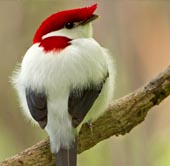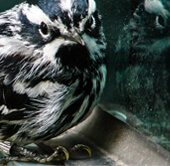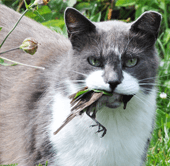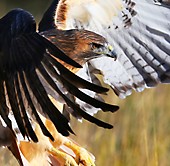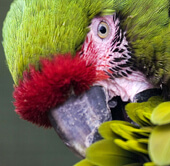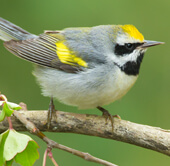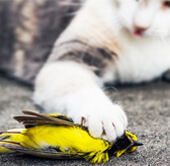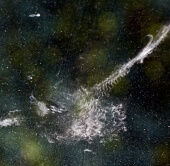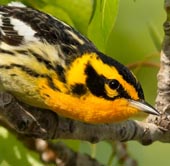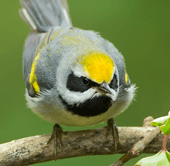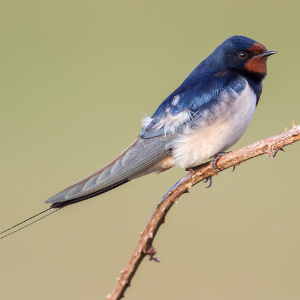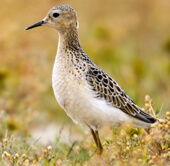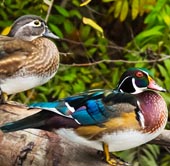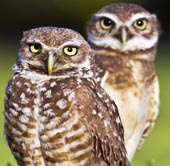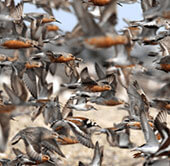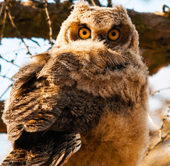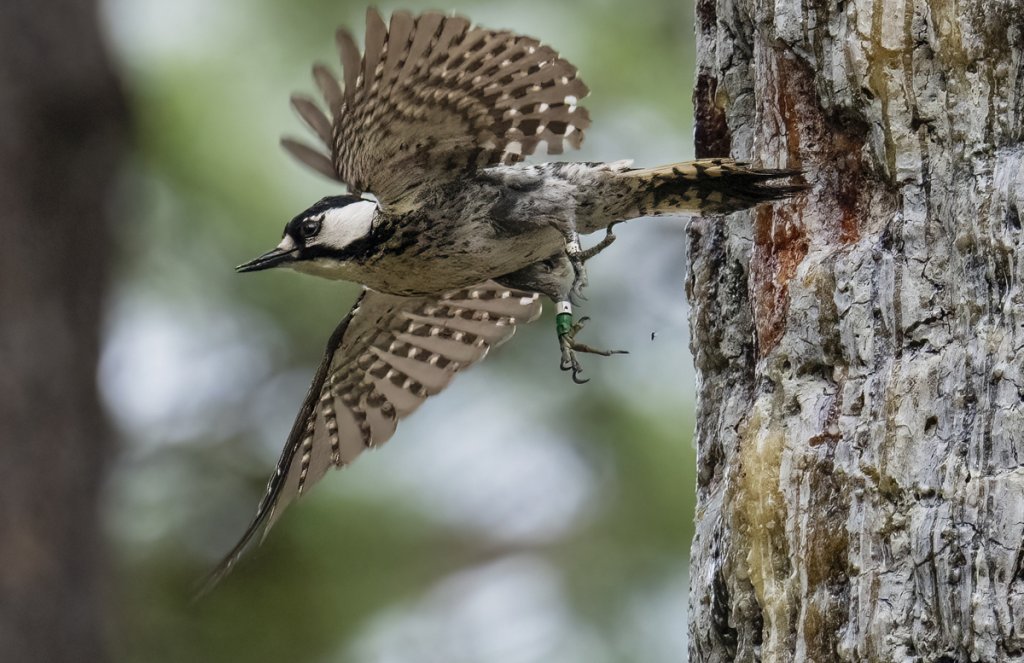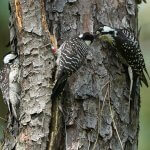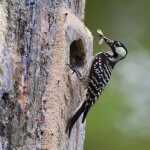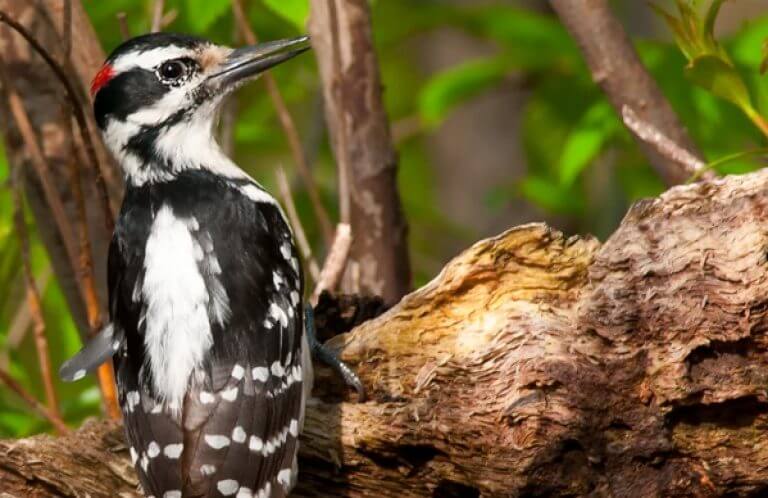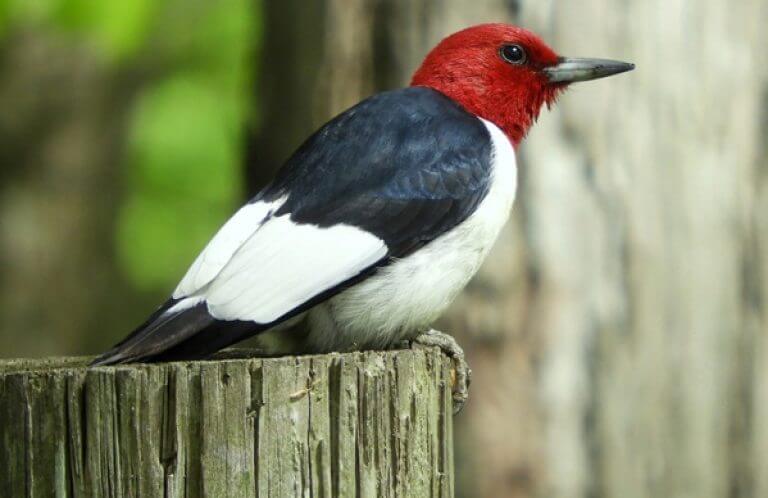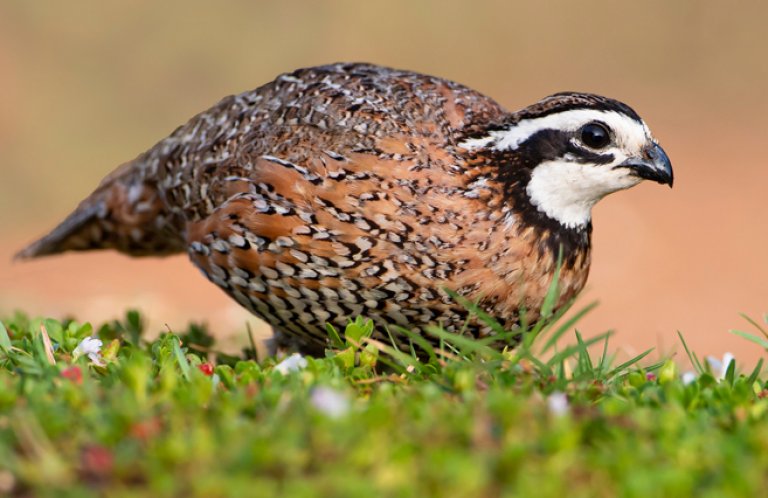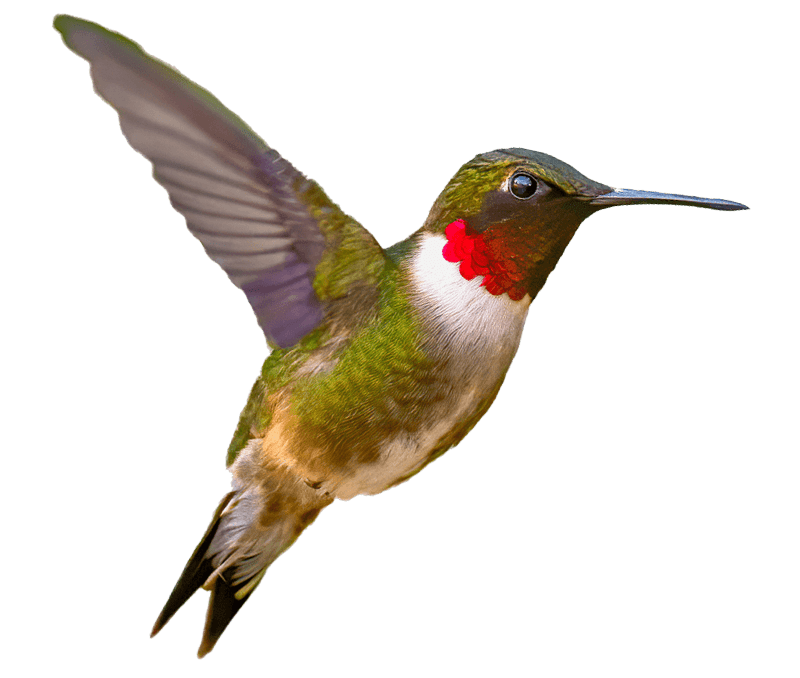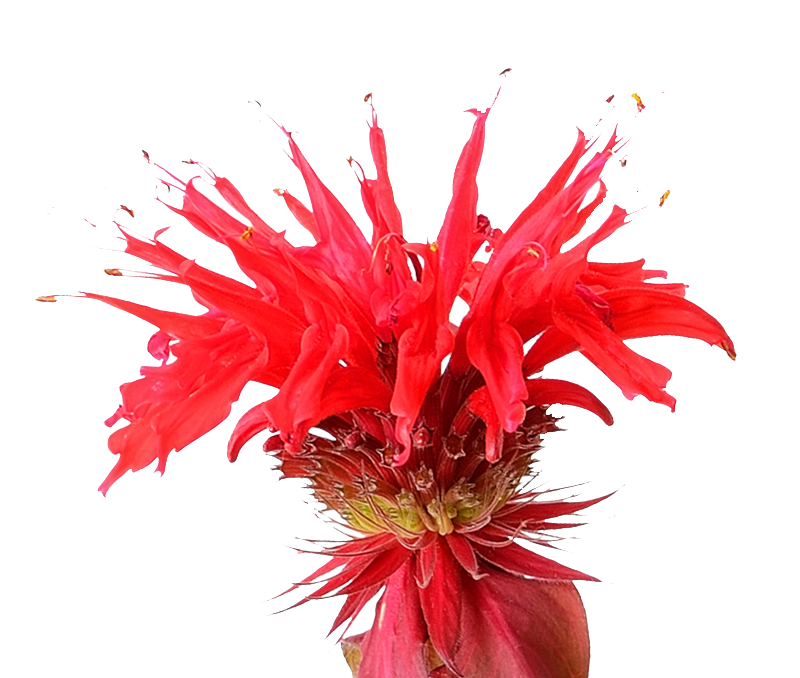About the Red-cockaded Woodpecker
The dapper Red-cockaded Woodpecker was once a common sight throughout the mighty longleaf pine forests of the Southeastern United States. Today, only about 15,000 individuals remain. Only the male sports the small red mark, or "cockade," on its nape; this term harkens back to the early 1800s and refers to a ribbon or other ornament worn on a hat. Although similar to the related Downy and Hairy Woodpeckers, the Red-cockaded can be told from them by its clear white cheek patch.
Keystone Species
Like the similarly rare Kirtland's Warbler and Black-capped Vireo, the Red-cockaded Woodpecker requires habitats maintained by periodic natural burns. Due to harvest of large, mature pines, the loss of the open understory due to years of fire suppression, and large-scale clearing, great swathes of suitable pine forest have been lost, leaving the Red-cockaded Woodpecker dangerously close to extinction.
Red-cockaded Woodpeckers are a “keystone” species of southern pine forests— a species that other wildlife depends upon. The birds excavate their own nest cavities in living trees, which later provide nesting habitat for other cavity-users including Red-headed Woodpecker and Eastern Bluebird, along with mammals such as southern flying squirrel.
Songs and Sounds
The Red-cockaded Woodpecker is a social species, living in small, noisy family groups that can often be detected by their rather squeaky, chattering calls. Listen to a variety of Red-cockaded Woodpecker vocalizations here:
A single male:
Group of adults foraging:
Breeding and Feeding
Sappy Nest Defenses
The Red-cockaded is the only woodpecker species that excavates cavities in living pines; most species will only excavate in dead wood such as a snag or a dead branch on a live tree. Red-cockaded Woodpeckers prefer older trees with red heart disease, a fungus that softens the wood and allows for easier excavation. In spite of this, the birds typically need many years to complete a nesting or roosting cavity, but will start and actively work on many cavities at once.
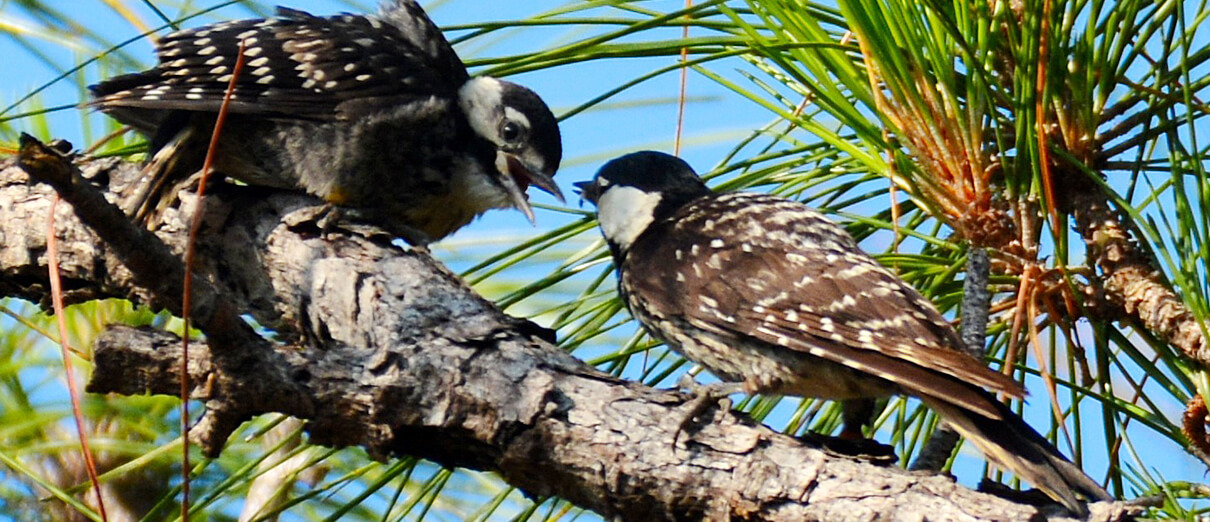
As the birds excavate, the live pine tree "bleeds" sticky sap around the hole opening, which discourages tree-climbing snakes that could take eggs and young birds. Apparently well aware of the sap's benefits, the woodpeckers actively unclog the sap wells to maintain their nest defenses.
Red-cockaded Woodpeckers are cooperative breeders, living in small family groups composed of a breeding pair and several helpers (usually male offspring from previous years). These helpers assist in raising young by incubating eggs and brooding and feeding nestlings. The entire family often forages as a group over a territory size of about 125 to 200 acres.
Division of Diet
Red-cockaded Woodpeckers dine on the wide variety of insects, and their eggs and larvae, found in or on pine trees. They prefer larger, older pines for foraging and find their prey by flaking away and probing under pine bark.
Male and female Red-cockaded Woodpeckers exhibit different foraging behavior, with males favoring the tree limbs and upper trunk and females foraging on the trunk below the crown. This divided foraging behavior is most noticeable in winter when insects are scarce and may help reduce competition between individual birds when food is hard to find.
Region and Range
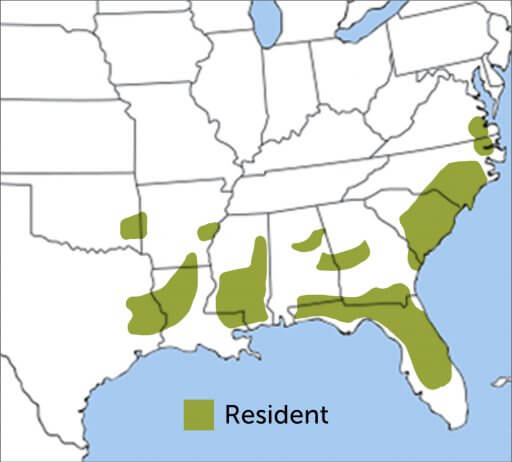
This woodpecker species is found only in the continental United States, with a range that originally included the entire southeast. Red-cockaded Woodpeckers are now found in a reduced area from Oklahoma east to Virginia, and south to Florida and Texas. The species is non-migratory, although individuals may wander in response to habitat loss.
Conservation
Cockaded Conservation
The Red-cockaded Woodpecker was listed as Endangered when the Endangered Species Act was enacted in 1973. Since that time, the U.S. Fish and Wildlife Service has worked with a wide variety of partners on federal and private lands to stabilize and increase populations of the species.
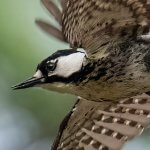
Help support ABC's conservation mission!
On public lands, managers now set controlled fires to mimic the natural burns that historically maintained suitable Red-cockaded Woodpecker habitat. By maintaining older trees in the landscape, along with building artificial nest cavities and translocation programs, conservationists have also helped boost populations and establish new colonies.
ABC's work with the Sustainable Forestry Initiative is helping inform forest management practices that benefit landowners while maintaining habitat for Bachman's Sparrow, Northern Bobwhite, and Swallow-tailed Kite while keeping forests on the landscape to support Red-cockaded Woodpecker and other birds.
Get Involved
Policies enacted by the U.S. Congress and federal agencies, such as the U.S. Fish and Wildlife Service, have a huge impact on U.S. birds. You can help shape these rules for the better by telling lawmakers to prioritize birds, bird habitat, and bird-friendly measures. To get started, visit ABC's Action Center.
Living a bird-friendly life can have an immediate impact on the birds around you. Doing so can be as easy as adding native plants to your garden, avoiding pesticides, and keeping cats indoors. To learn more, visit our Bird-Friendly Life page.
American Bird Conservancy and our Migratory Bird Joint Venture partners have improved conservation management on more than 8.5 million acres of U.S. bird habitat — an area larger than the state of Maryland — over the last ten years. This is a monumental undertaking, requiring the support of many, and you can help by making a gift today.

